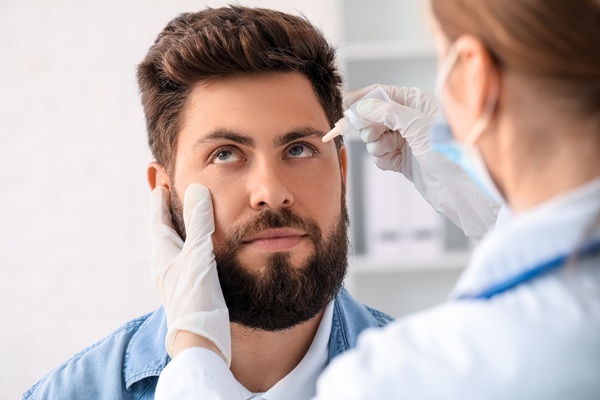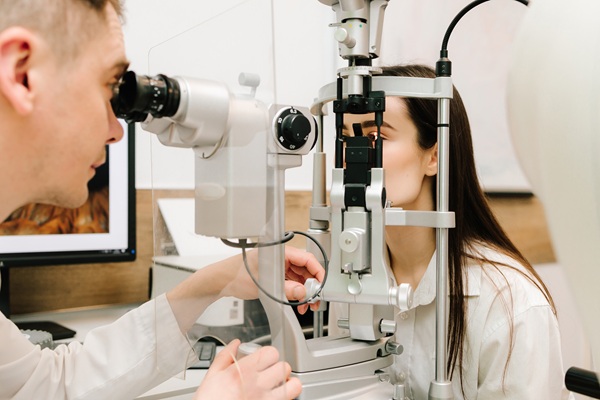Signs Your Child Needs to See an Optometrist

Your child should see an optometrist at an early age. Children with eye problems or vision conditions usually face numerous barriers in life, socially, athletically and academically. However, these barriers can be broken down with high-quality eye care. Parents need to watch out for specific signs that may indicate eye and vision problems in children.
Signs of eye and vision problems
Sight issues in infants can contribute to developmental delays. The brain of a child learns how to use the eyes and to see properly. The longer vision problems go undetected and untreated, the higher the chances that a child’s brain will learn to accommodate them. Early detection and treatment are vital in making sure children can learn to see clearly.
Parents can help ensure that their children’s eyes and vision develop well. This entails identifying signs of eye and vision problems. If a parent notices any of the common signs, taking the child to see an optometrist should be prioritized.
Myopia
Myopia, also known as nearsightedness, is a condition in which individuals can see objects close to them clearly but things that are far away appear blurred. Myopia first develops in school-age children and progresses until about age 20. It can be inherited and may also develop in adults. Some signs of myopia include headaches and eye fatigue. Children with myopia also struggle to read the whiteboard at school and usually need to sit closer to it.
Hyperopia
Hyperopia or farsightedness is when people can see distant objects very clearly but close ones fail to come to proper focus. Hyperopia happens if the eye is too short or the cornea does not have enough curve. In such cases, the eye cannot correctly focus the light that enters. Signs of hyperopia include eye strain, struggling to concentrate and maintain a clear focus on things that are close, headaches, burning or aching eyes and irritability.
Strabismus
Strabismus is a visual disorder in which the eyes are not properly aligned. They do not work together to look at an object. In this case, the eyes do not look at the same place. A child with strabismus may rub both or one eye often. The child may also squint, tilt the head or close one eye, in order, to see things better.
The condition often develops in infants and young children, usually by age 3. Adults and children who are older can also develop it. Some people believe that children with the condition will outgrow it, but this is not true. It can even get worse without treatment. Children older than four months should be examined by optometrists if the eyes do not seem to be aligned all the time.
Schedule an appointment with your optometrist
Children should get regular eye exams. The exams help diagnose and treat eye diseases and any other problems in the early stages before they become worse. Signs and symptoms such as frequent eye rubbing, headaches, tilting the head, covering one eye and constant eye turning may indicate vision problems. If you notice any of these signs, contact an optometrist as soon as possible.
Request an appointment here: https://brighteyesny.com or call Bright Eyes Optometry at (914) 730-9574 for an appointment in our New Rochelle office.
Check out what others are saying about our optometrist services on Yelp: Optometrist in New Rochelle, NY.
Recent Posts
Dry eye treatment can significantly improve comfort, vision, and overall quality of life for individuals dealing with this common yet often frustrating condition. Dry eye occurs when the eyes do not produce enough tears or when the tears evaporate too quickly, leading to symptoms such as burning, redness, blurred vision, and a gritty sensation. Effective…
Ophthalmologist and optometrists are two of the main eye care professionals. Both play an important part in helping you maintain the health and function of your eyes. However, while each type of eye doctor provides vision care, knowing the care you need can be confusing. Choosing the appropriate eye care provider depends on individual needs,…
Sunglasses have become a part of many people's wardrobes; however, they are also a great tool for protecting the eyes. Along with playing a large role in our daily lives, eyes are also sensitive to many things—sunlight being one of them. It is easy for one's eyes to sustain damage from direct sunlight exposure. Thankfully,…
A comprehensive eye exam does more than assess vision; it can also reveal early signs of various health conditions. Many systemic diseases affect the eyes before other symptoms appear, making regular exams essential to overall health care. Optometrists use advanced diagnostic techniques to detect conditions beyond vision problems, allowing for early intervention and treatment.Routine eye…


